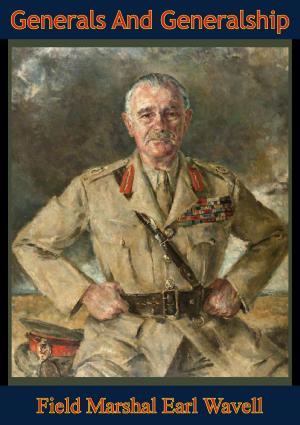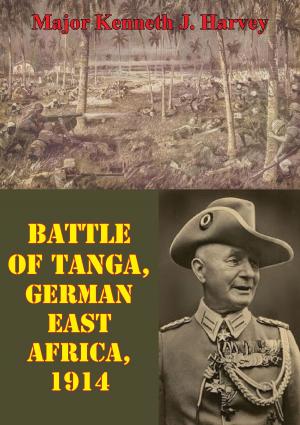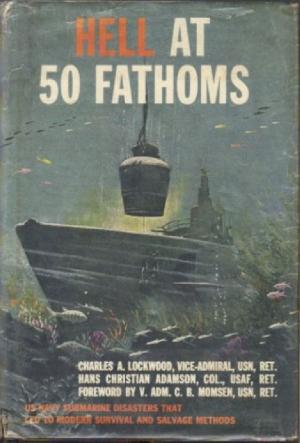Merrill’s Marauders: Combined Operations In Northern Burma In 1944 [Illustrated Edition]
Nonfiction, History, Germany, European General, Military, United States| Author: | Dr. Gary J. Bjorge | ISBN: | 9781786255747 |
| Publisher: | Verdun Press | Publication: | November 6, 2015 |
| Imprint: | Verdun Press | Language: | English |
| Author: | Dr. Gary J. Bjorge |
| ISBN: | 9781786255747 |
| Publisher: | Verdun Press |
| Publication: | November 6, 2015 |
| Imprint: | Verdun Press |
| Language: | English |
Includes the US Special Forces in World War II Illustrations Pack with 95 maps, plans, and photos.
Coalition warfare is generally a two-edged sword. When several countries join forces to fight a common enemy, the weight of their combined effort can be overwhelming. The effectiveness of this effort, however, can be dissipated or even rendered counterproductive if members of the coalition cannot find common ground among themselves on such vital issues as the nature and objectives of the war and the appropriate strategy, command structure, and methods for fighting it.
In this Special Study, Dr. Gary Bjorge of the Combat Studies Institute offers a case study in coalition warfare during the Second World War. While the focus of his study is Merrill’s Marauders, his analysis offers a broader perspective on how coalition considerations affected strategy, command and protocol, and military operations and tactics in the China-Burma-India theater. The lesson for today’s professional officer is clear. It may be the responsibility of the political authorities to fashion a wartime coalition, but once in place, the partnership will have an impact on military considerations from the strategic through the tactical levels. Few officers involved in the combined effort will escape the fallout in one form or another from decisions made by the coalition leaders. Officers must be prepared for this, and Dr. Bjorge’s study is designed to assist in that preparation.
Includes the US Special Forces in World War II Illustrations Pack with 95 maps, plans, and photos.
Coalition warfare is generally a two-edged sword. When several countries join forces to fight a common enemy, the weight of their combined effort can be overwhelming. The effectiveness of this effort, however, can be dissipated or even rendered counterproductive if members of the coalition cannot find common ground among themselves on such vital issues as the nature and objectives of the war and the appropriate strategy, command structure, and methods for fighting it.
In this Special Study, Dr. Gary Bjorge of the Combat Studies Institute offers a case study in coalition warfare during the Second World War. While the focus of his study is Merrill’s Marauders, his analysis offers a broader perspective on how coalition considerations affected strategy, command and protocol, and military operations and tactics in the China-Burma-India theater. The lesson for today’s professional officer is clear. It may be the responsibility of the political authorities to fashion a wartime coalition, but once in place, the partnership will have an impact on military considerations from the strategic through the tactical levels. Few officers involved in the combined effort will escape the fallout in one form or another from decisions made by the coalition leaders. Officers must be prepared for this, and Dr. Bjorge’s study is designed to assist in that preparation.
![Cover of the book Merrill’s Marauders: Combined Operations In Northern Burma In 1944 [Illustrated Edition] by Dr. Gary J. Bjorge, Verdun Press](https://www.kuoky.com/images/2015/november/500x500/9781786255747-FuRW_500x.jpg)
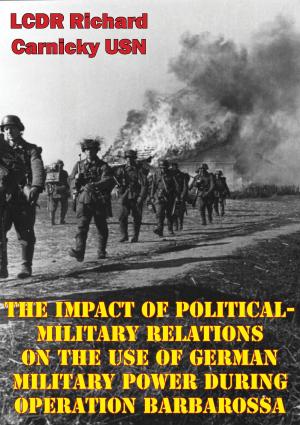

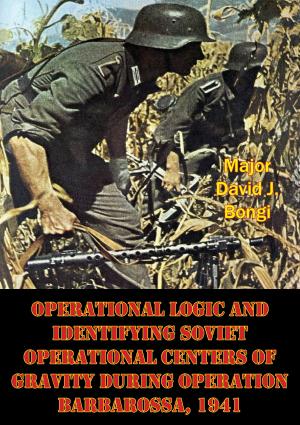
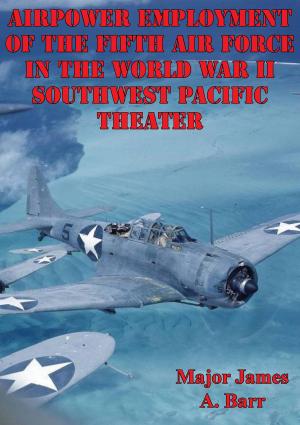
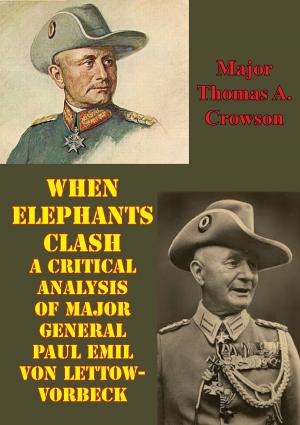

![Cover of the book Moscow To Stalingrad - Decision In The East [Illustrated Edition] by Dr. Gary J. Bjorge](https://www.kuoky.com/images/2014/august/300x300/9781782893196-Qth3_300x.jpg)
![Cover of the book Samurai! [Illustrated Edition] by Dr. Gary J. Bjorge](https://www.kuoky.com/images/2014/august/300x300/9781782898382-n6aB_300x.jpg)
![Cover of the book Kitchener [Illustrated Edition] by Dr. Gary J. Bjorge](https://www.kuoky.com/images/2015/november/300x300/9781786255211-hl2M_300x.jpg)
